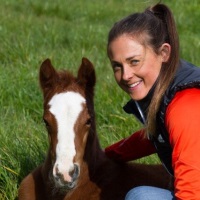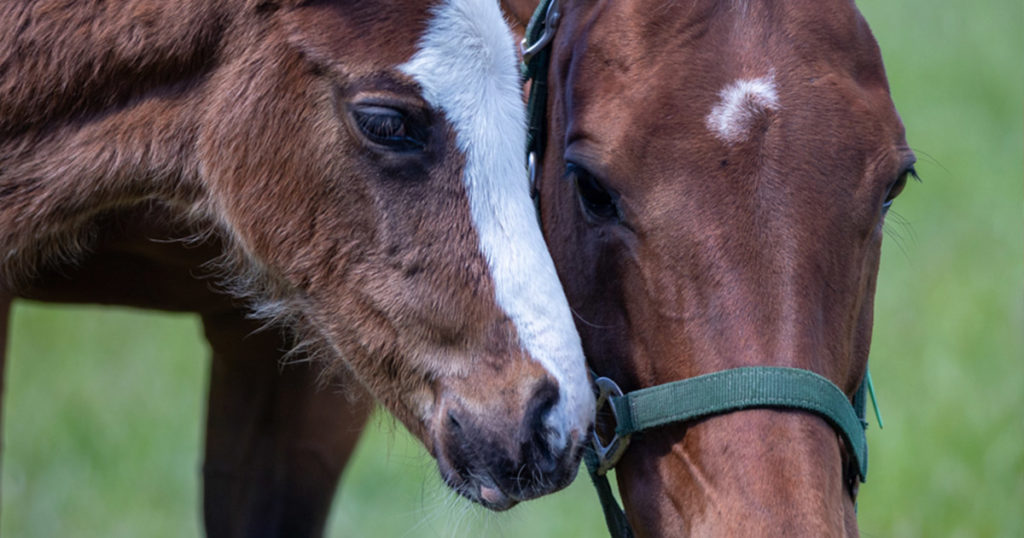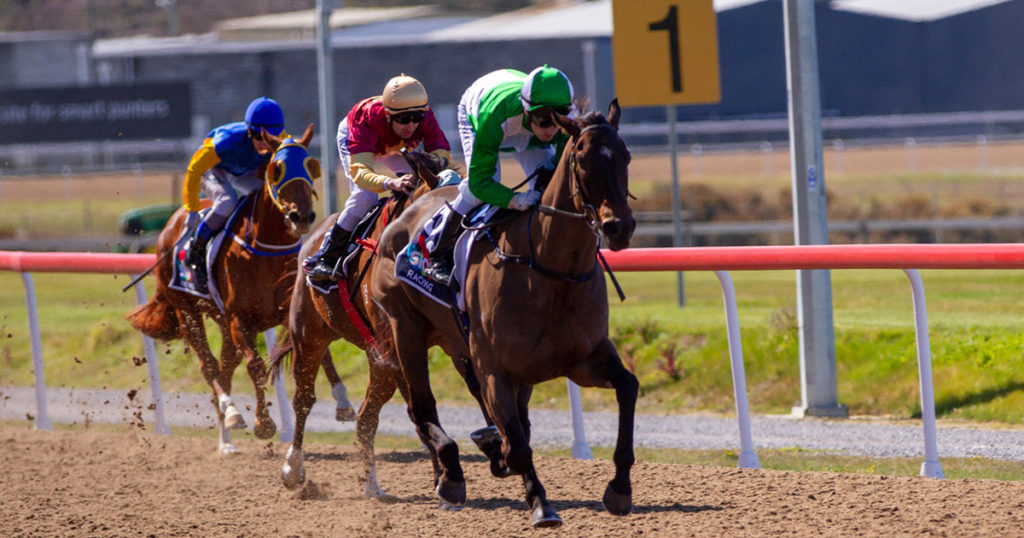When it comes to feeding our broodmares, we are inundated with choices in terms of commercial feed mixes and concentrates. It’s common for our feed selections to be largely influenced by those marketed as ‘scientifically formulated’ or containing ‘essential nutrients’ for broodmares and healthy foetal development. Whilst we know that sufficient quantities and ratios of minerals and vitamins essential for healthy skeletal development are absolutely crucial, we can neglect to consider the actual crude ingredients in a feed…
To use a similar analogy, it can be helpful to think of commercial breakfast cereals. Take for example, Coco Pops or Nutrigrain. Both these kinds of cereal are enriched with certain vitamins and minerals which are essential to good health. Marketing of these cereals promotes this fact. But vitamins and minerals alone don’t necessarily make a particular food a good choice. They are only part of the equation. These cereals aren’t marketed as being high in sugar, or devoid of essential and health-promoting nutrients such as fibre. In reality, these cereals are low in nutritive value, yet clever marketing can have us believe that these are nutritious choices.
Some commercial broodmare feeds can be similar in that they are fortified with essential vitamins and minerals, with not a great composition of the feed overall. Many feeds designed for broodmares can be high in starch and/or energy, which can contribute to undesirable levels of particular hormones in a mare. These in turn affect the growth and health of the developing foetus. We also know that these hormones, in addition to a mare’s body condition influence her offspring’s risk of orthopaedic lesions such osteochondritis dissecans (OCD). It is common for many broodmares to be overfed and/or overweight which compounds the problem.
How we feed a mare and the body condition we maintain her in pre-conception and during pregnancy have a profound effect on the musculoskeletal development and soundness of her offspring. This influence extends well past the period of birth and weaning, affecting the growing young horse. To only focus on OCD lesions during routine or pre-sale radiographic screening as weanlings or yearlings is like trying to close the gate after the horse has bolted.
Whilst surgery can be effective, and diet and risk factors in young growing horses can be modified, missing the opportunity to set foundations right pre-birth can be expensive, time-consuming and heart-breaking.
It’s worth stopping to have a good look at the ingredients in your stud mix/broodmare feed, looking beyond the marketing claims. There’s much more than vitamins and minerals alone required to promote a healthy pregnancy and the development of a mare’s offspring.

Camilla Whishaw is a highly regarded, experienced horsewoman and naturopath, helping to holistically treat and manage a broad range of equine health conditions and injuries, with a passion for mare and stallion fertility.
As a world-renowned practitioner, presenter, author, and consultant in the field of Equine Naturopathy, Camilla shares her knowledge through keynote presentations, interviews, lectures, panel sessions, and workshop training.





